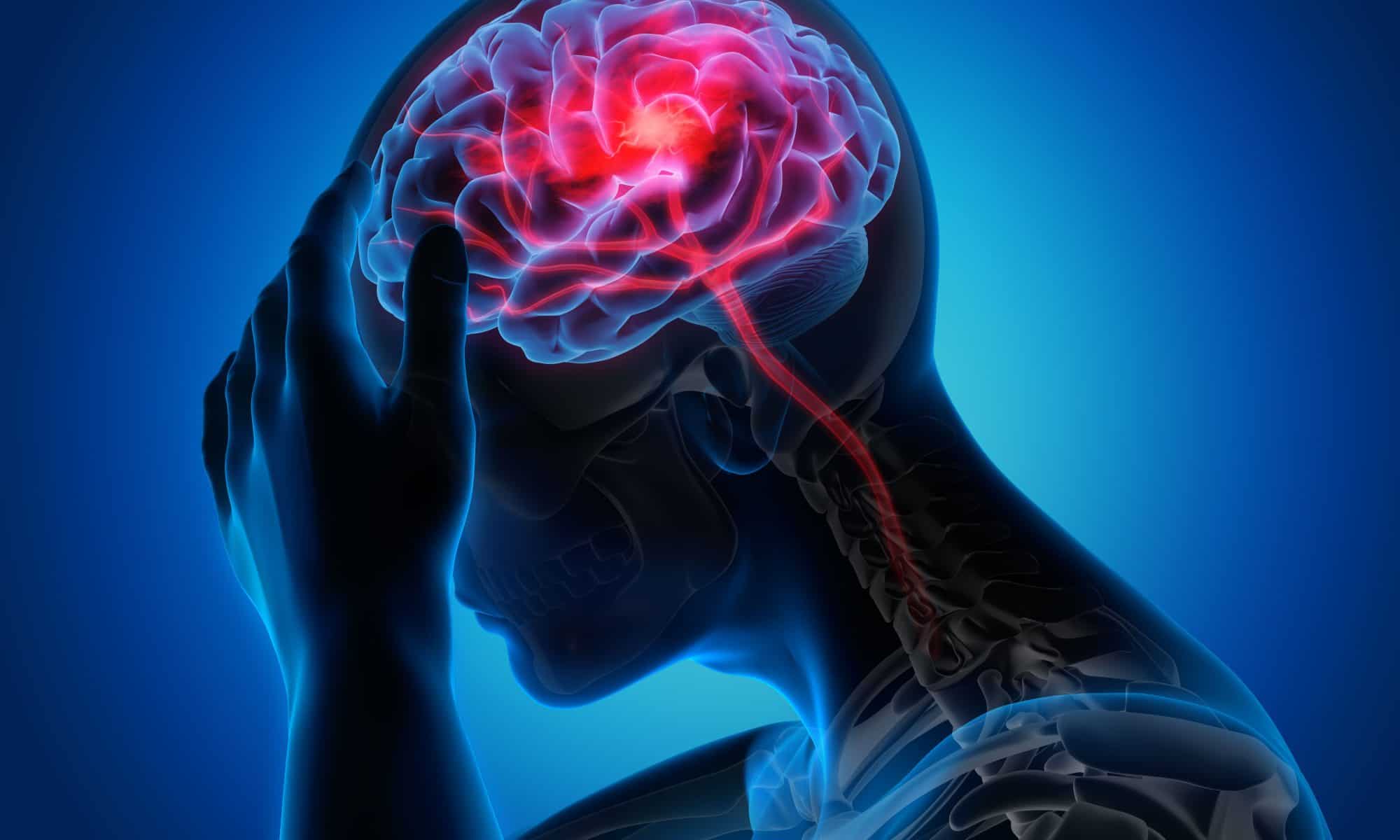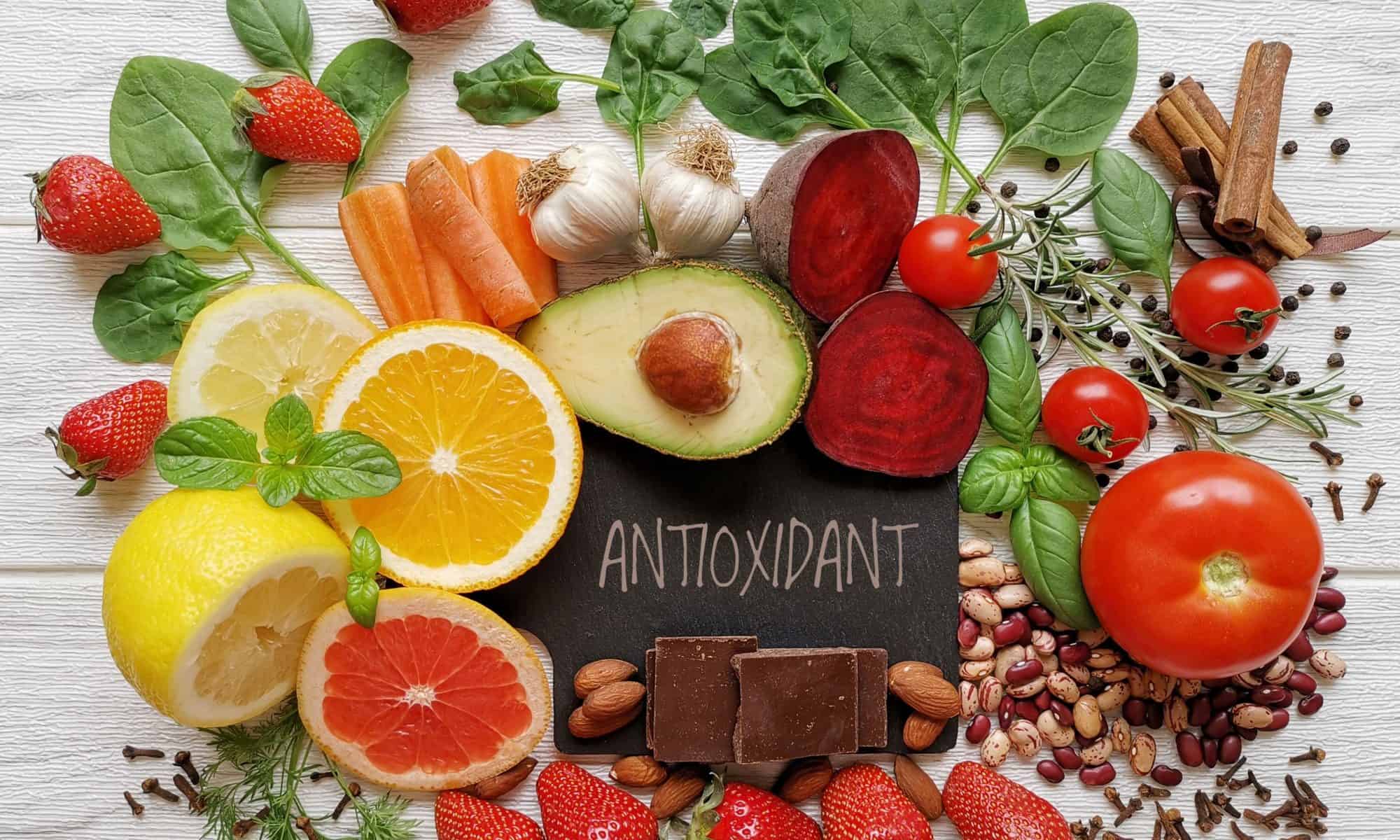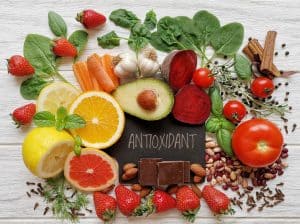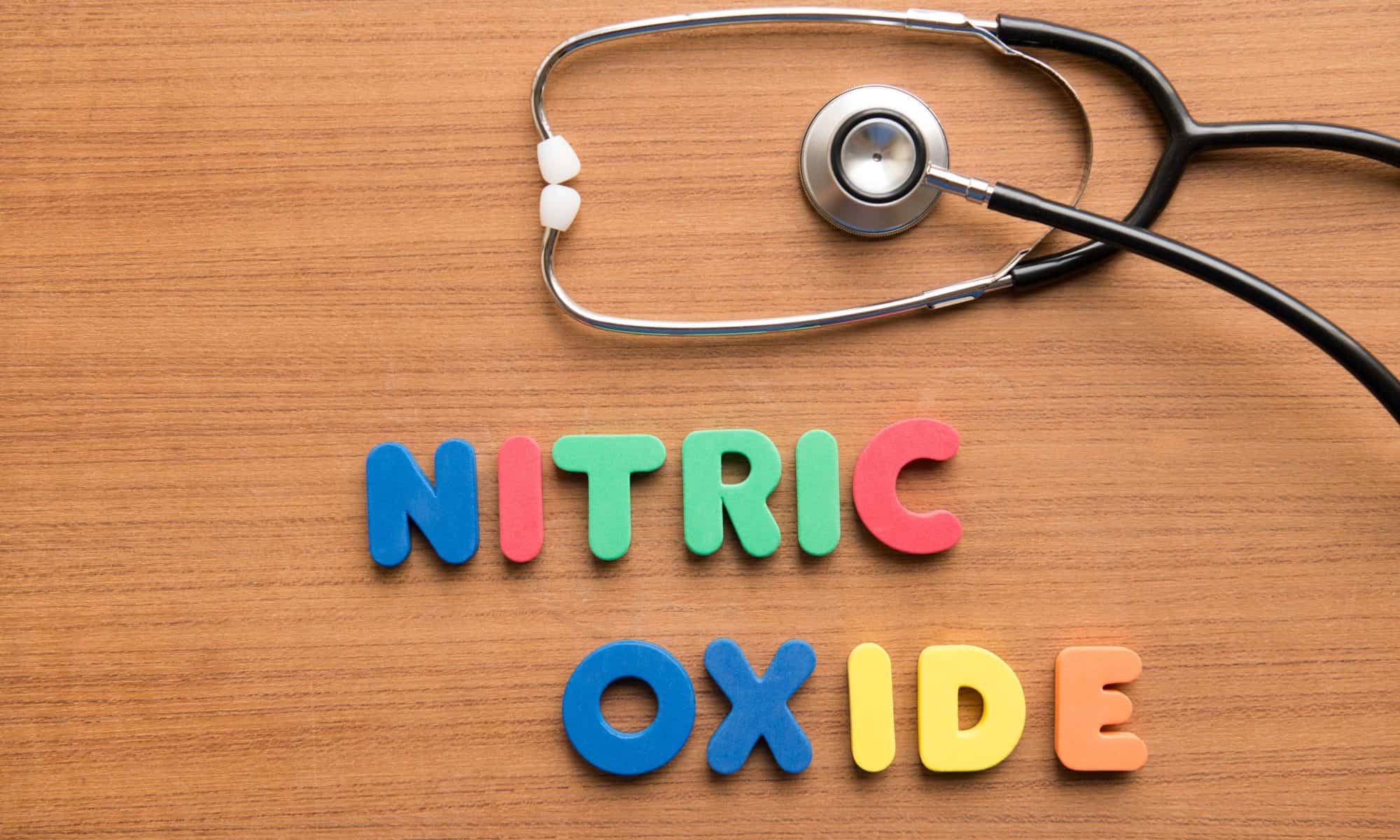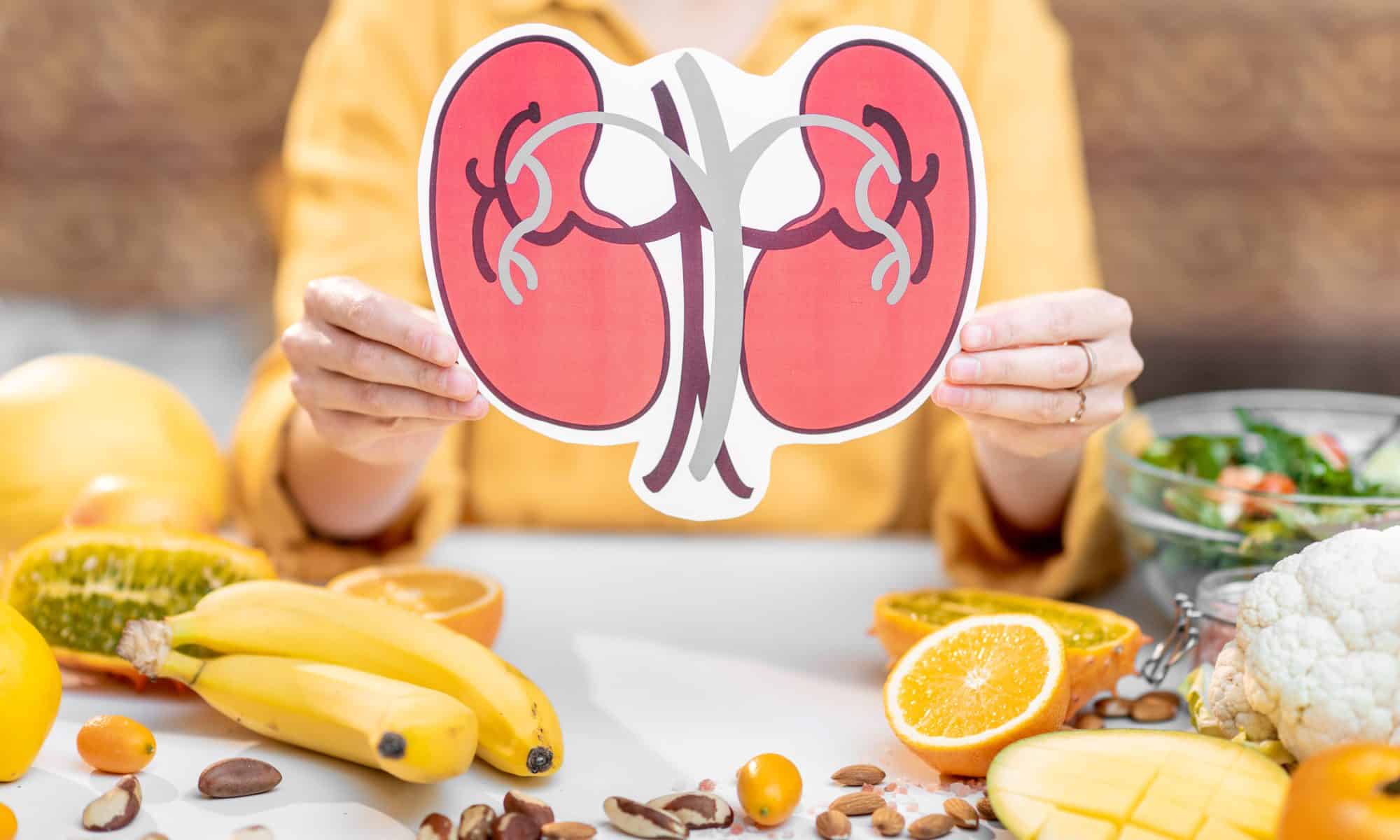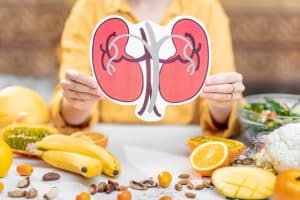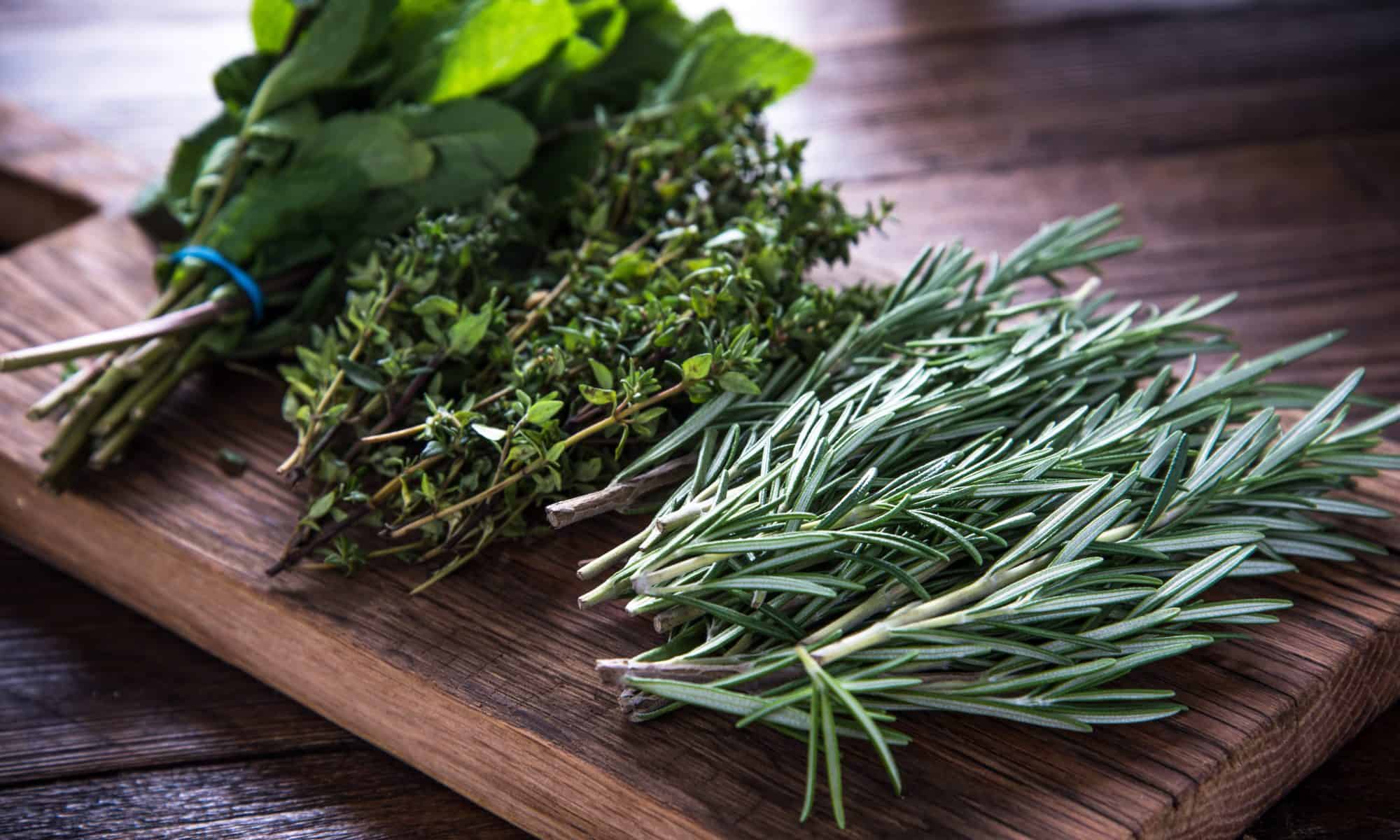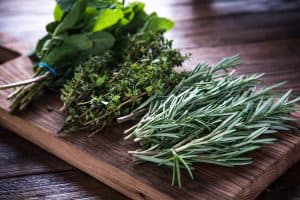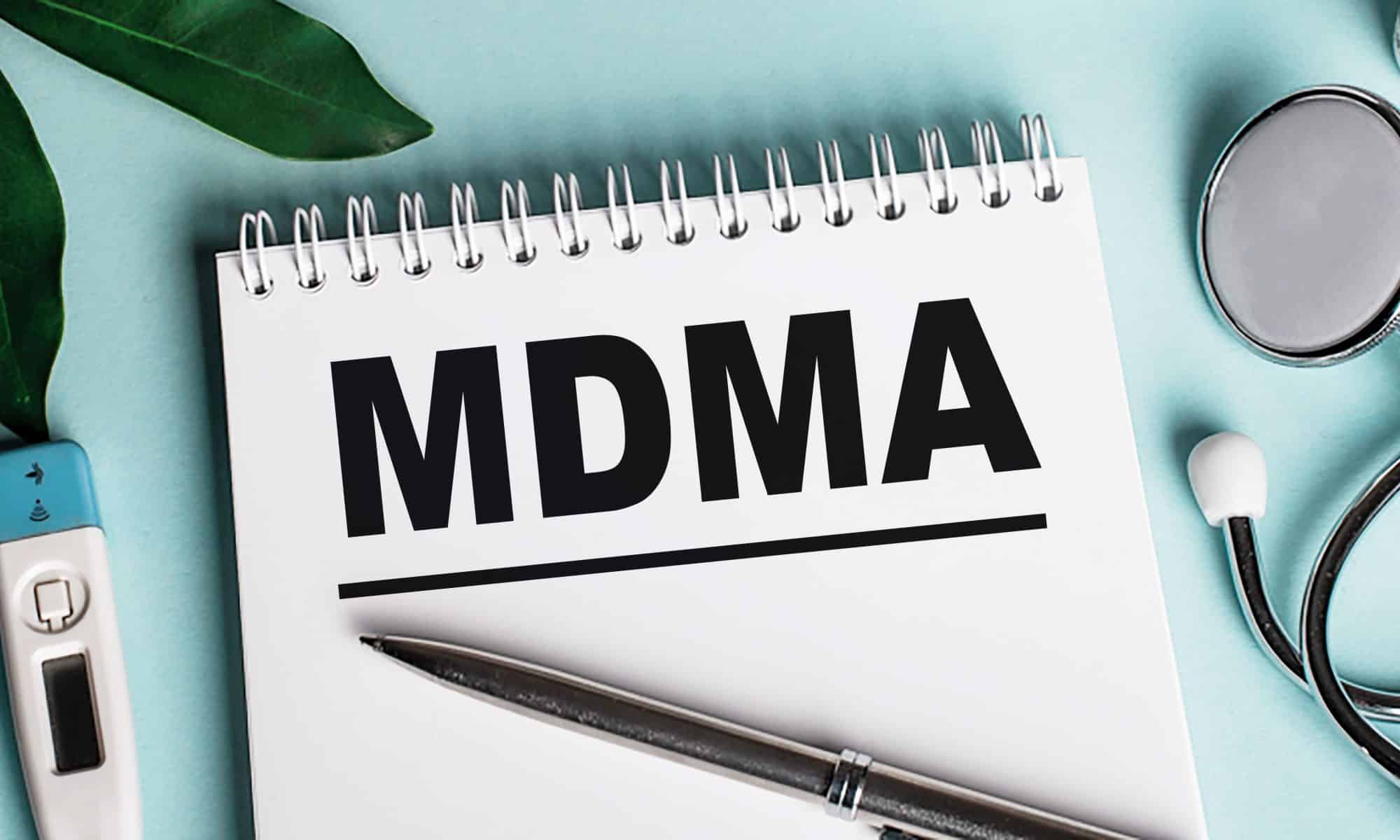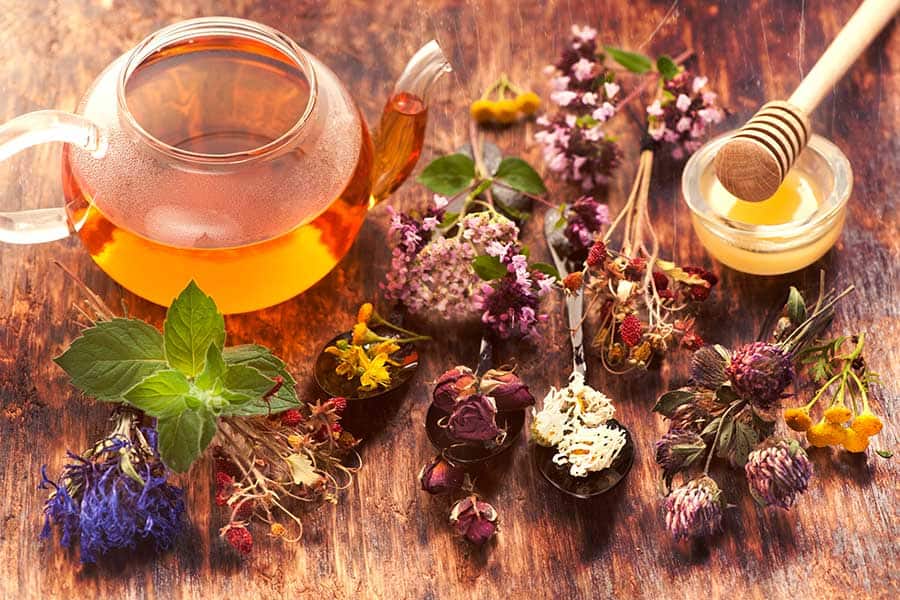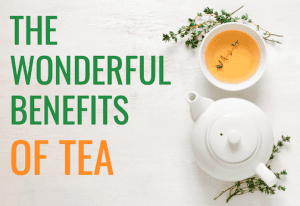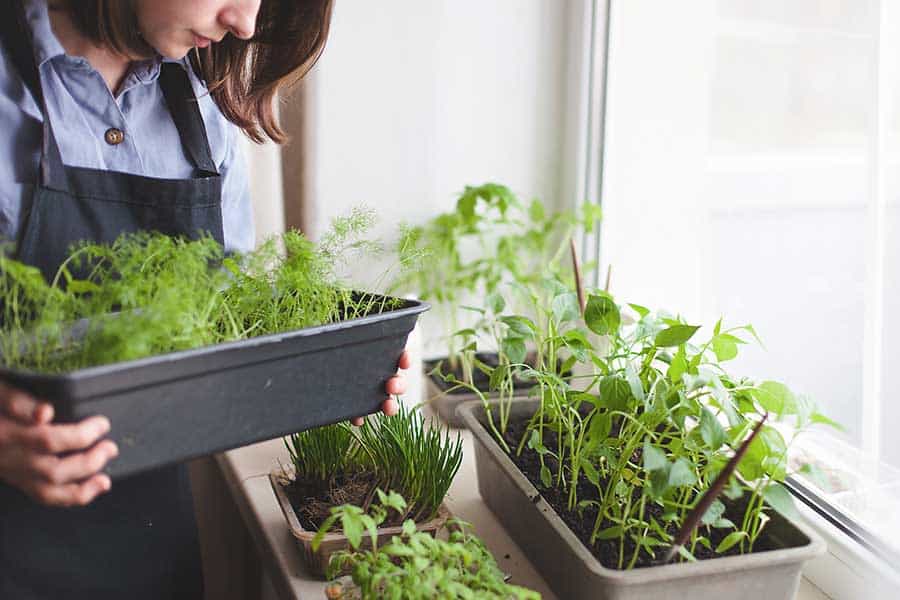
It’s not uncommon for migraine sufferers to have an entire room dedicated to migraine relief methods. It may even seem like you live in an alternate universe where everyone has a headache, but you. Unfortunately, migraines are very real and they can be quite disruptive to your everyday life. Fortunately, if you’re reading this article, you’ve found the hidden stash of secret information on how to heal migraines naturally. If you suffer from migraines, then you know all too well how incapacitating they can be. They can make simple tasks such as reading or walking almost impossible, and no one understands that better than we do at Cureable. After all, we’re a team of people who have struggled with chronic pain from various conditions and illnesses — including chronic migraines—and have come together to help others find effective ways to cure their pain naturally.
The Good News About Migraine Relief
A migraine isn’t a sign that something is wrong with you; it’s a sign that something is fighting inside of you. The good news is that there are many natural ways to fight back against migraines and heal your body from the inside out. A migraine is caused by a change in your blood flow to your brain, most often from a deficiency in serotonin. This change can happen as a result of stress, poor diet, lack of sleep, dehydration, or any number of other factors. Once the change happens, your brain releases chemicals that cause your blood vessels to dilate and contract, which can result in pain anywhere in your body.
What is a Migraine?
A migraine is an intense and painful headache that can last anywhere from a few hours to a few days. The pain is typically felt on one side of the head and can be accompanied by nausea and sensitivity to light and sound. Around 1 in every 5 people experiences migraines, and they can happen at any point in your life — although they usually first appear during childhood or adolescence. There are two types of migraine: migraine with aura, which is also called classic migraine, and migraine without aura, also known as common migraine. Although the difference between the two is not fully understood, migraine with aura tends to be more severe and longer lasting than migraine without aura.
Natural Migraine Remedies
Again, a migraine isn’t a sign that something is wrong with you; it’s a sign that something is fighting inside of you. The following natural migraine remedies can help you fight back against migraines and heal your body from the inside out.
Vitamin B12
Riboflavin, also known as vitamin B2, has been shown to reduce the number and severity of migraine attacks, especially when taken in combination with other vitamins and minerals such as niacin (vitamin B3). It is believed that riboflavin helps reduce the number of migraines you experience by helping your body produce serotonin.
Melatonin
Melatonin is a hormone that is naturally produced by your body. It helps regulate your sleep cycle and circadian rhythm, and has also been shown to reduce the frequency of migraine attacks. You can take melatonin in supplement form or try to boost your own body’s production of melatonin with a few simple changes to your everyday routine: stay away from bright lights as much as possible before bed (especially blue light from electronics), keep your room cool, and try to go to bed at the same time every night.
CoQ10 and L-Arginine
CoQ10 is a naturally occurring compound in your body that is responsible for helping convert food into energy. It has also been shown to reduce the number of migraine attacks by increasing the amount of serotonin produced by your
body. L-Arginine is an amino acid that is used to make proteins and can be found in certain foods such as nuts, seeds, and certain vegetables. It has been found to be effective at reducing the number of migraine attacks by increasing the amount of serotonin produced by your body.
Change Your Diet
Changing your diet is an important part of preventing migraines. It can also be helpful for treating migraines once they start. A diet that is rich in healthy fats and proteins can help prevent migraines, as can certain foods like: bananas, dark chocolate, water, and coffee. Bananas are rich in potassium, which is important for regulating blood flow and has been shown to reduce the number of migraines. Dark chocolate is also high in potassium and magnesium, both of which are helpful for reducing the number of migraines. Coffee is also high in magnesium and has been shown to reduce the number of migraines. Water is important for hydration and has been shown to reduce the number of migraines.
Get Healthy with Exercise and Fitness
Exercising regularly can help you keep your migraines at bay. Regular cardiovascular exercise, such as running or cycling, has been shown to reduce the number of migraines. Resistance training has also been shown to reduce the number of migraines, as well as improve quality of life for migraine sufferers. Getting enough sleep is also important for keeping migraines at bay, as sleep deprivation can cause migraines in some people.
Try Gentle Yoga Practices
Gentle yoga practices can help reduce the number of migraines by increasing blood flow to the head. Yoga has also been shown to help reduce the severity of migraines when they start. Yoga can also help improve quality of life for
migraine sufferers.
Use Natural Plants to Help Heal Your Body
Turmeric has been shown to reduce the number of migraines. Ginger has also been shown to reduce the number of
migraines and help with the nausea that often comes with migraines. Feverfew has been shown to reduce the number of
migraine attacks. Rosemary has also been shown to reduce the severity of migraines. Basil and sage have also been
shown to have similar benefits as feverfew.
Conclusion
The best way to heal your body after a migraine is to prevent them in the first place. Keep a migraine journal so you can track what triggers them. Look for patterns in your diet, sleep, and stress levels, and try to make adjustments where needed. With these migraine remedies, you can take charge of your health and reduce the number and severity of your migraines. And once you get your migraines under control, don’t forget to find other ways to heal your body from the inside out. These same remedies can be used to prevent other ailments from taking hold in your body.
Meet Paul Wagner
Paul Wagner is an Intuitive Life & Business Coach, clairvoyant reader, and a five-time EMMY Award-winning writer. He created “THE PERSONALITY CARDS,” a powerful Oracle-Tarot deck that’s helpful in life, love, and relationships. Paul studied with Lakota elders in the Pecos Wilderness, who nurtured his empathic abilities and taught him the sacred rituals. He has lived at ashrams with enlightened masters, including Amma, the Hugging Saint, for whom he’s delivered keynotes at Her worldwide events.
Paul tours the world lecturing on spiritual liberation. He lovingly offers intuitive readings, inspirational coaching, and illuminating courses to help others with self-discovery, decision-making, healing, and forgiveness. Book a session with Paul: HERE

